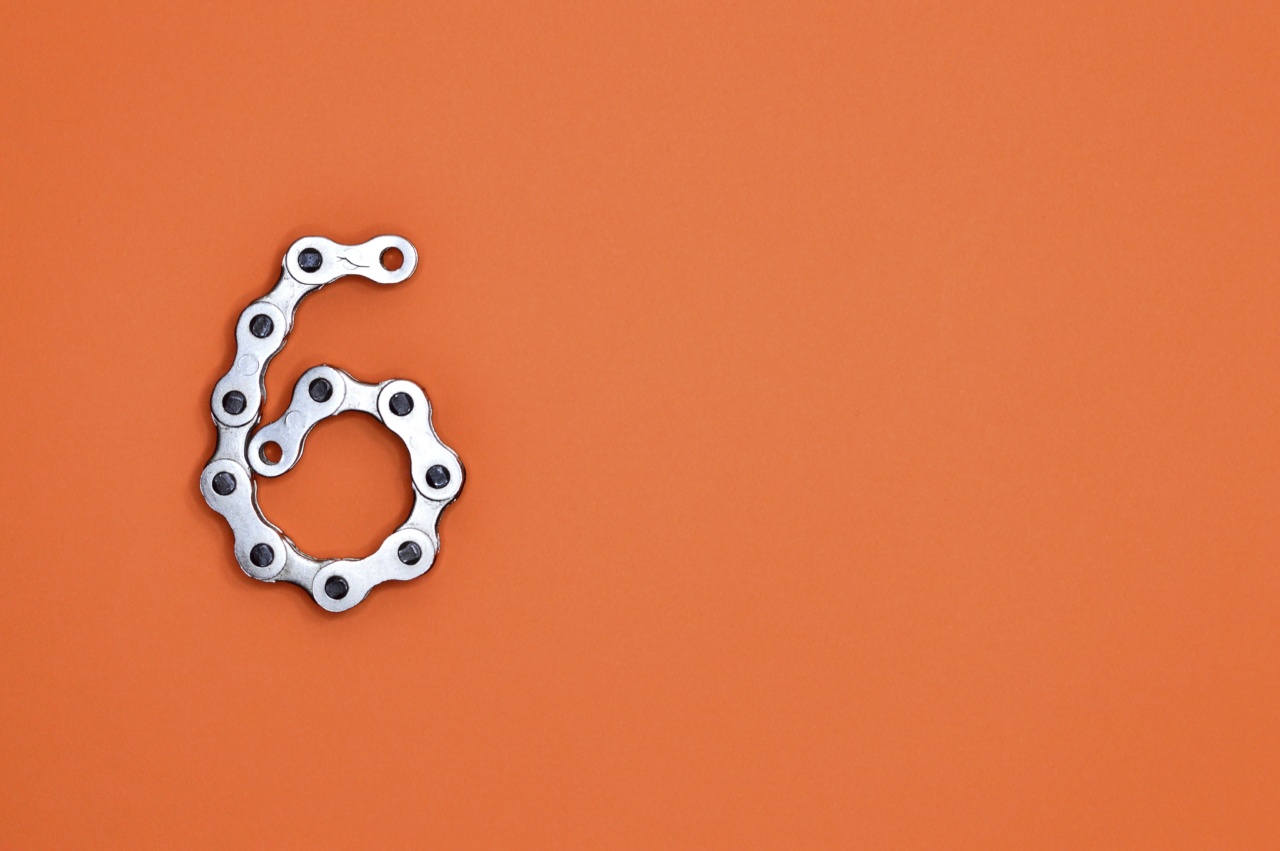Strain, stress, and tension are all too familiar in today’s fast-paced world. Whether it’s due to work, relationships, or personal challenges, managing and minimizing strain is vital for our mental and physical well-being.
Fortunately, there are several proven techniques that can help ease strain and promote relaxation. In this article, we will explore nine effective methods to alleviate stress and find balance even when the pressure is high.
With these techniques, you can regain control and navigate through life’s challenges with ease.
1. Deep Breathing Exercises
One of the simplest and most powerful techniques to relieve strain is deep breathing. By focusing on your breath and taking slow, deep breaths, you activate the body’s relaxation response.
This technique can be done anywhere, anytime, and only takes a few minutes.
To practice deep breathing, find a quiet space and sit or lie down comfortably. Take a deep breath in through your nose, allowing your belly to rise.
Hold for a few seconds, then exhale slowly through your mouth, feeling the tension release from your body. Repeat this process for several minutes, allowing your mind and body to calm down.
2. Progressive Muscle Relaxation (PMR)
Progressive muscle relaxation is a technique that involves tensing and then releasing different muscle groups in your body. The practice helps bring awareness to tension and promotes relaxation throughout your entire body.
To begin, find a quiet and comfortable place to sit or lie down. Starting from your toes and moving upward, tense each muscle group for a few seconds and then release.
Focus on the sensations of tension and relaxation as you work your way up to your forehead and scalp.
Engaging in PMR regularly can help reduce muscle tension and improve overall well-being. Aim for at least 10-15 minutes of practice each day to experience the maximum benefits.
3. Mindfulness Meditation
Mindfulness meditation is a powerful technique that involves being fully present in the moment. It helps to anchor your attention to the present rather than dwelling on past or future stressors.
By practicing mindfulness, you can cultivate a sense of calm and reduce strain.
To start, find a quiet space and sit in a comfortable position. Close your eyes, and bring your attention to your breath. Notice the sensation of each inhale and exhale, without judgment.
Whenever your mind wanders, gently bring your focus back to the breath.
Regular practice of mindfulness meditation can rewire the brain, leading to increased emotional resilience and decreased strain. Start with just a few minutes a day and gradually increase the duration over time.
4. Physical Exercise
Engaging in regular physical exercise is not only good for your physical health but also for your mental well-being. Exercise releases endorphins, which are natural mood-boosting chemicals in the brain.
It can help reduce strain and improve your overall mood.
Find an exercise or physical activity that you enjoy, whether it’s jogging, dancing, swimming, or practicing yoga. Aim for at least 30 minutes of moderate-intensity exercise most days of the week.
The key is to find something that you love and can incorporate into your routine consistently.
5. Time Management
Strain often arises from feeling overwhelmed and unable to manage various responsibilities effectively. Developing effective time management skills can greatly reduce strain by creating a sense of control and accomplishment.
Start by prioritizing tasks and breaking them down into manageable chunks. Use tools such as calendars, to-do lists, or task management apps to stay organized. Set realistic deadlines and allow for breaks to prevent burnout.
Implementing effective time management practices can help you stay on top of your responsibilities, reduce strain and free up time for activities you enjoy.
6. Social Support
Having a strong support system is crucial for managing and overcoming strain.
Sharing your thoughts and feelings with trusted friends, family members, or a therapist can provide you with the emotional support and guidance you need during challenging times.
Make an effort to nurture your relationships, and don’t hesitate to reach out and ask for help when needed. Sometimes, simply talking about your concerns can alleviate strain and provide a fresh perspective on the situation.
7. Healthy Lifestyle Habits
A healthy lifestyle lays a foundation for overall well-being and can significantly reduce strain. Ensure you are getting enough sleep, eating a balanced diet, and managing your caffeine and alcohol intake.
Adequate sleep allows your body and mind to recover and recharge, while a healthy diet provides the essential nutrients needed for optimal brain function.
Additionally, excessive caffeine intake and alcohol consumption can exacerbate strain, so it’s important to consume them in moderation.
8. Creative Outlets
Engaging in creative activities can be an effective way to release strain and find a sense of joy and fulfillment. Explore creative outlets such as painting, writing, gardening, playing a musical instrument, or engaging in crafts.
Allow yourself to immerse in the activity without judgment or pressure to create something perfect. The act of engaging in a creative process can be therapeutic and provide a break from daily stressors.
9. Self-Care Practices
Self-care is essential for managing strain and maintaining overall well-being. Carve out time for activities that bring you joy and relaxation, whether it’s taking a warm bath, reading a good book, practicing yoga, or listening to calming music.
Remember to prioritize yourself and your needs. Self-care is not selfish; it is a vital practice that replenishes your energy and equips you to handle life’s challenges more effectively.
Implementing these nine techniques can help ease strain and promote a healthier, more balanced lifestyle. Experiment with different methods and find what works best for you.
Remember, managing strain is a continuous practice, so be patient and kind to yourself along the way.































